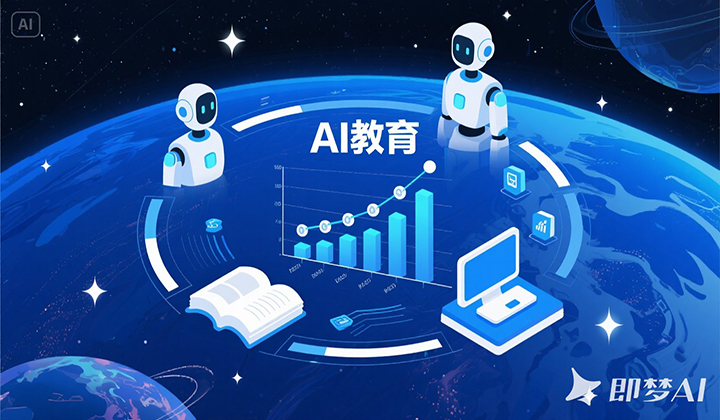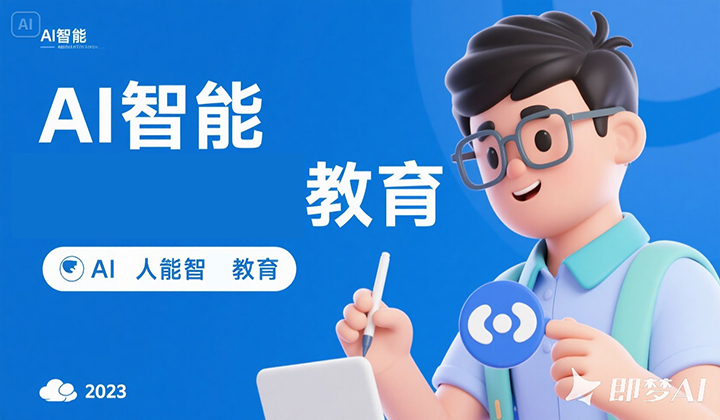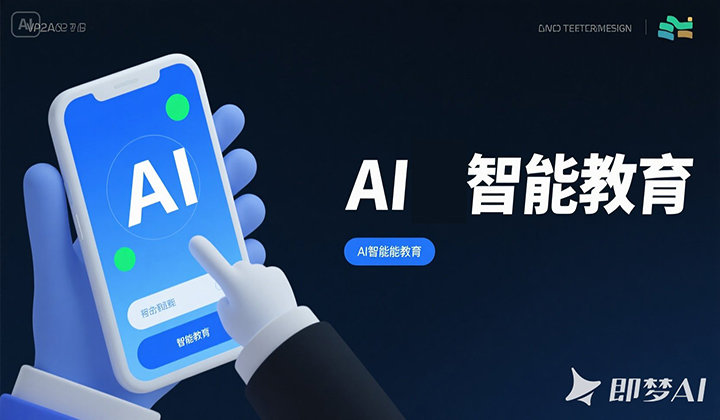How AI in Education Enhances Personalized Learning
In today’s rapidly evolving educational landscape, one of the most significant innovations is the use of Artificial Intelligence (AI) to enhance personalized learning. Traditionally, classrooms have followed a one-size-fits-all approach, where every student receives the same content at the same pace. But with AI, that paradigm is shifting—students are now able to learn in ways that align with their individual needs, strengths, and interests.
Understanding Personalized Learning
Personalized learning refers to tailoring education to meet the unique needs of each learner. This involves adjusting the pace, content, and style of teaching to suit different learning styles. AI-powered tools make this possible at scale by analyzing data, identifying learning patterns, and adapting lessons in real time.
How AI Powers Personalization
1. Real-Time Adaptation
AI systems can monitor how students interact with learning materials and adjust accordingly. If a student is struggling with a math concept, the system can slow down and provide additional explanations or practice exercises. Conversely, if a student excels, the platform can offer more advanced challenges to keep them engaged.
2. Smart Content Delivery
AI can break down traditional curriculum into smaller, modular units. It then recommends the next best lesson based on a student’s performance, learning speed, and preferences. This makes learning more efficient and relevant, helping students stay motivated and focused.
3. Continuous Feedback
Instant feedback is one of the biggest advantages of AI. Instead of waiting days or weeks for test results, students can receive immediate insights into their performance. This allows them to understand mistakes, correct them quickly, and take control of their own progress.
4. Supporting Diverse Learners
AI is particularly helpful for students with special learning needs. It can provide customized interfaces, text-to-speech features, or visual learning aids to suit different abilities. Language learners, for example, benefit from translation and pronunciation tools that adapt to their skill level.
Benefits for Teachers and Parents
AI not only benefits students but also supports educators and parents. Teachers gain access to detailed learning analytics, helping them identify which students need more help and which are ready to move ahead. Parents can track their child’s progress through dashboards, receiving personalized suggestions on how to assist learning at home.
Challenges to Consider
While AI enhances personalization, it also comes with challenges. Data privacy, algorithmic bias, and over-dependence on technology are valid concerns. It’s important to ensure that AI tools are used ethically, with clear oversight and human involvement. Teachers must remain central to the learning process, using AI as a supplement, not a substitute.
Conclusion
AI is transforming the way we think about education—especially personalized learning. By adapting to each student’s unique path, AI can foster deeper understanding, greater engagement, and more confident learners. As technology continues to evolve, embracing AI with thoughtful planning and ethical use will be key to unlocking the full potential of every student.














